Digital Monitoring Technology and Air Quality: Evidence from the People’s Republic of China
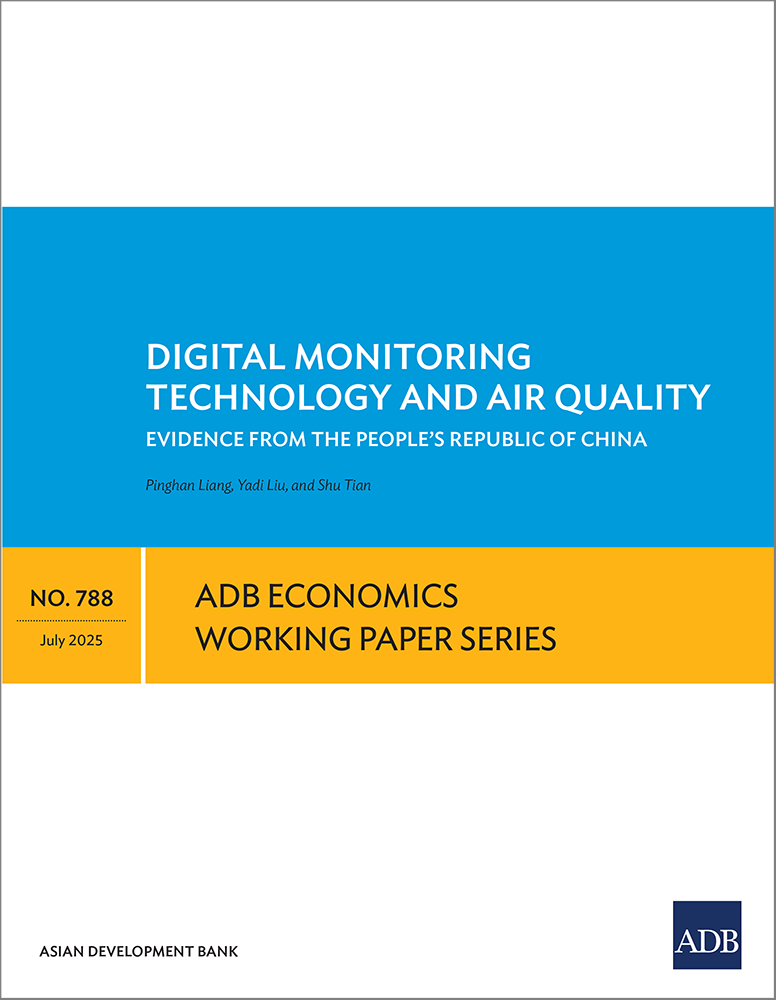


The Asian Development Bank is investing over $3.6 billion in projects like the South Dongting Lake restoration. This ambitious project aims to revitalize one of PRC’s most important wetlands, benefiting local communities and global biodiversity. By improving water quality, restoring habitats, and promoting sustainable practices, we can ensure a healthier planet for future generations.
Au Shion Yee, Principal Water Specialist, Asian Development Bank
By next year, we will be investing more than $3.6 billion. And South Dongting Lake project through the investment in the wetland improvements, migratory bird habitat improvements, water quality improvements… We can see that this project is really bringing and will continue to bring real benefits to the local communities.
This is the South Dongting Lake. It spans over 168,000 hectares and is one of (the People’s Republic of) China’s most vital wetlands. Hundreds of species, including endangered migratory birds call this area home. It is also crucial in climate change mitigation and adaptation. However, the lake and its surrounding wetlands have been under increasing pressure. Urban expansion, invasive species, unsustainable agricultural practices, and climate change have led to significant ecological degradation and biodiversity loss.
In response, the Asian Development Bank, in partnership with the Yuanjiang Municipal government, the Hunan Provincial government, the French Development Agency and other partners have launched an ambitious project to further restore and sustainably manage the South Dongting Lake wetlands.
Tieshan Song, Vice Mayor, Yuanjiang Government
We have been actively promoting both preparation and implementation of this project with a focus on the critical issue of South Dongting Lake wetland. We also aim to leverage the ADB project to elevate the restoration of the Dongting Lake wetland system environmental protection and rare species conservation.
Au Shion Yee, Principal Water Specialist, Asian Development Bank
This is one of the first projects that is linked to ADB’s Regional Flyway Initiative, which connects a number of very, significant bird habitat and wetland areas from the northern hemisphere, from northern Siberia down to Australia. So this project is part of a broader, global effort where we can have win-win outcomes, in terms of green development for the local fishermen community transitioning to green economy as well as, ecological benefits for global protected bird species.
The goal is to restore almost 12,000 hectares of degraded wetland, improve water connectivity, and manage invasive species.
Jianzhi Li, Deputy Secretary-General of Hunan Wildlife Conservation Association, and President of Yuanjiang Environmental Protection Volunteer Association
Now, the environment is improving, we expect to see an increase in visitors which will stimulate the local economy, raising incomes and bringing numerous benefits to Yuanjiang City and the South Dongting Lake area.
South Dongting Lake is gradually reclaiming its role as a vital ecosystem, thanks to the focused efforts in restoration and sustainable livelihoods, so that people and nature thrive together.

BEIJING, PEOPLE’S REPUBLIC OF CHINA (5 December 2024) – The Asian Development Bank (ADB) and the People’s Republic of China’s National Development and Reform Commission (NDRC), with support from the ADB-PRC Regional Knowledge Sharing Initiative (RKSI) and other partners, co-hosted the 10th annual eco-compensation conference in Miyun, PRC, from 25–27 November.
ADB East Asia Director General Muhammad Ehsan Khan and NDRC Vice Secretary General Xiao Weiming opened the conference, while AFNR Senior Director Qingfeng Zhang delivered a keynote presentation, reflecting on achievements from 15 years of ADB-NDRC collaboration, of continuously refining and improving the eco compensation mechanism as a means of financing ecological restoration work in vital ecosystems including the Yangtze and Yellow River basins.
This year’s conference, a regional flagship event led by ADB’s East Asia Regional Department and the Agriculture, Food, Nature and Rural Development Sector Group (AFNR), focused on market-based and user-pays mechanisms, and legal frameworks for eco-compensation and Payments for Ecosystem Services (PES) schemes. Importantly, the conference served as the international launch of the PRC’s National Ecological Protection Regulations, a pioneering effort at standardizing a mechanism of payment for ecosystem services.

“This conference provides a vital platform for knowledge sharing and collaboration on critical issues related to environmental protection and sustainable financing,” said ADB Director General for East Asia Department Muhammad Ehsan Khan. “ADB is committed to supporting its member countries in developing and implementing effective eco-compensation and PES mechanisms to achieve their environmental and development goals. Eco-compensation mechanisms are not just about protecting our environment; they are about unlocking the economic potential of nature. By investing in natural capital, we can drive sustainable development and create a greener, more prosperous future for all.”

Around 300 participants from government agencies, national and international research institutes, academia, and the private sector attended the event, including delegations from 13 countries. The conference helped strengthen collaboration between the PRC and other developing member countries through sharing of knowledge on sustainable conservation finance strategies.
On the first day of the conference, participants embarked on a field visit to observe various watershed conservation programs in Miyun. This excursion included stops at the Miyun Reservoir Exhibition Museum and Dam, the Chinese Bee Protected Area in Fengjiayu, the Jixing Agricultural Park built on reclaimed wildlands, and the Earth System Simulation Facility. These site visits provided firsthand insights into the practical implementation and diverse applications of modern and sustainable agriculture, engineering and science.

Conference sessions discussed a range of topics including the PRC’s experience in implementing eco-compensation programs, which have contributed towards improving environmental quality and enhancing sustainable agriculture practices, while also enhancing ecotourism activities and promoting nature positive investments. The eco-compensation schemes also serve as a mechanism to channel financial flows from carbon or biodiversity credit schemes.
The conference also facilitated the sharing of experiences and best practices from other regions, including the Greater Mekong Subregion, Lao PDR, and India, with presentations highlighting successful initiatives like the Khao Yai National Park in Thailand. Discussions highlighted the importance of identifying additional avenues for dissemination of PRC’s rich experiences in implementing eco-compensation mechanisms with other DMCs, including through the RKSI and other knowledge sharing platforms.
ADB is committed to achieving a prosperous, inclusive, resilient, and sustainable Asia and the Pacific while sustaining its efforts to eradicate extreme poverty. Established in 1966, it is owned by 69 members—49 from the region.
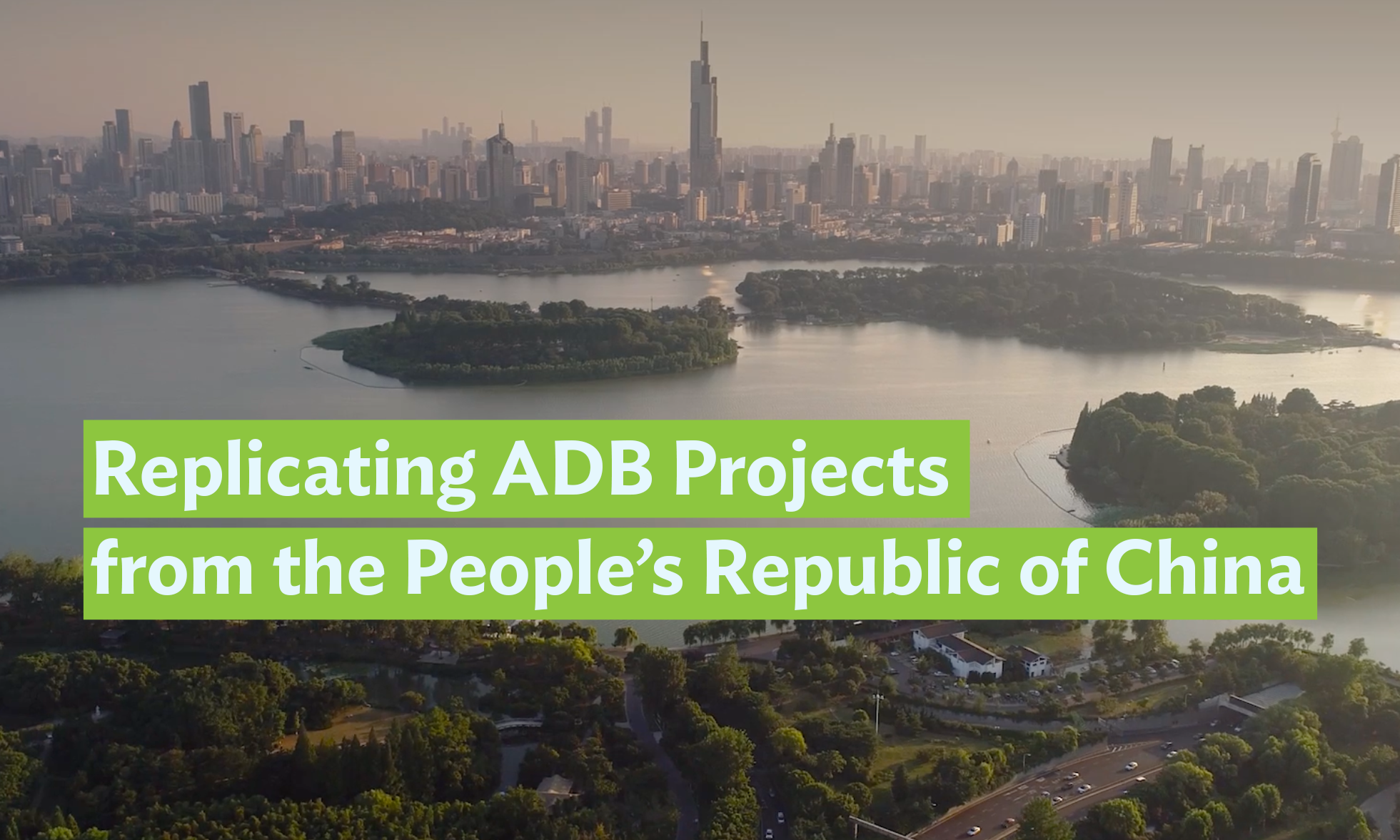
Generation of knowledge is a priority of the partnership between Asian Development Bank and the People’s Republic of China (PRC). The PRC’s rich experiences and its strong institutional and project implementation capacities make it fertile ground for learning, demonstration, and replication of new development approaches. A new publication, “Echoes of Success: Case Studies in the Replication of Asian Development Bank Projects in the People’s Republic of China,” looks at five projects in the PRC that illustrate how effective solutions to environmental and social problems have been replicated both within and outside the country. The sectors covered span nature conservation, green finance, road safety, renewable energy, and water resources management. The case studies highlight how lessons from projects in the PRC can help inspire and shape other projects in the PRC and beyond.
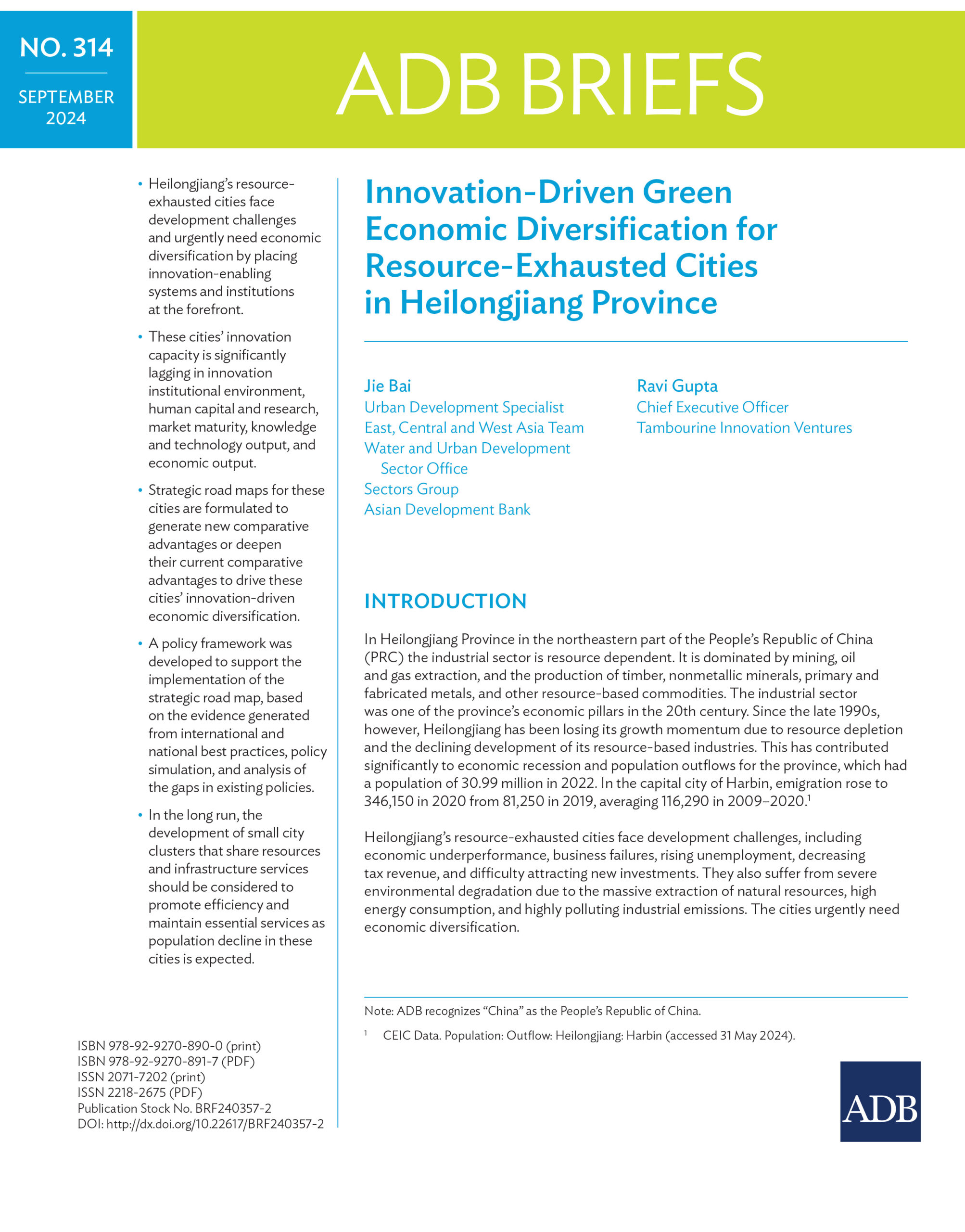
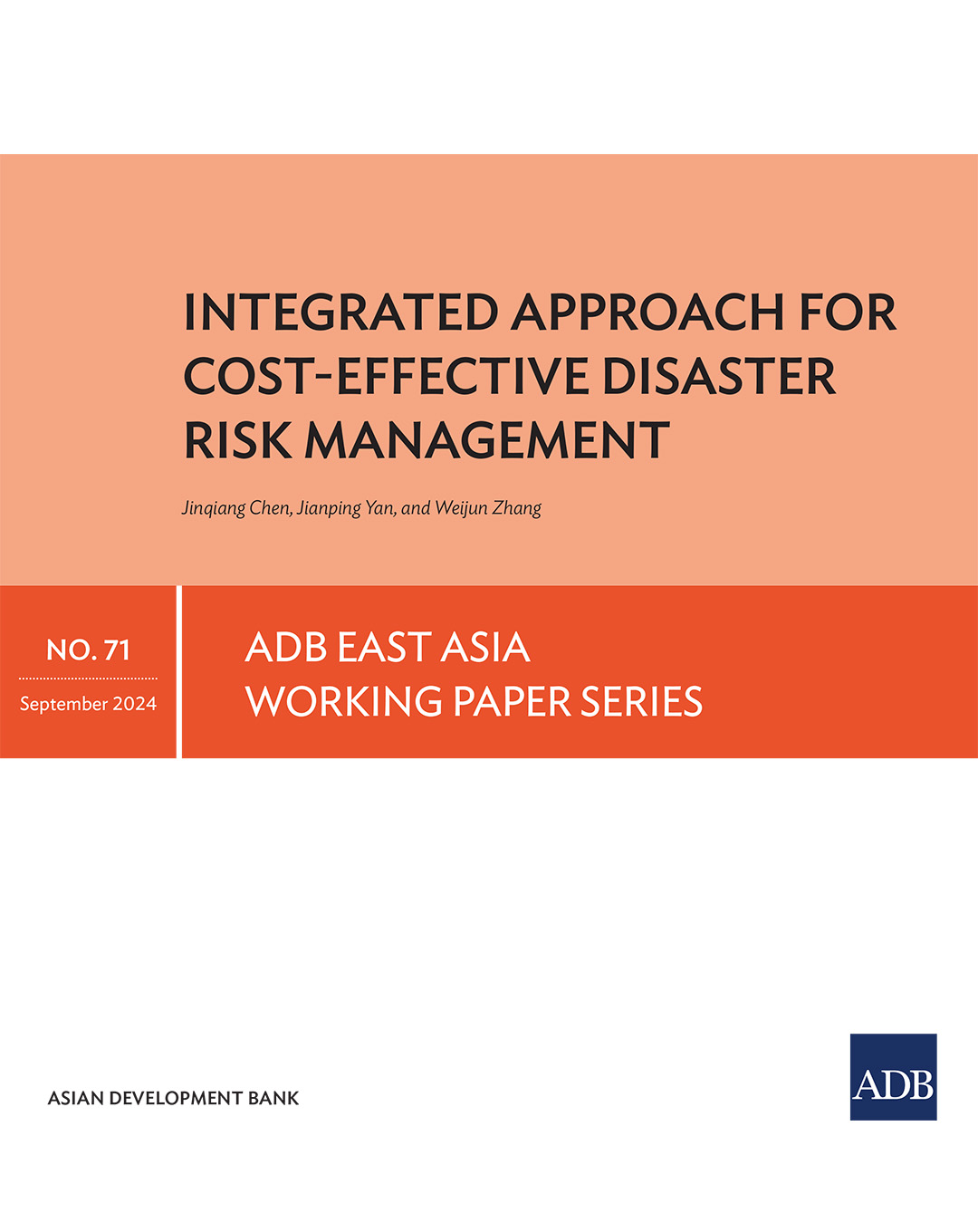
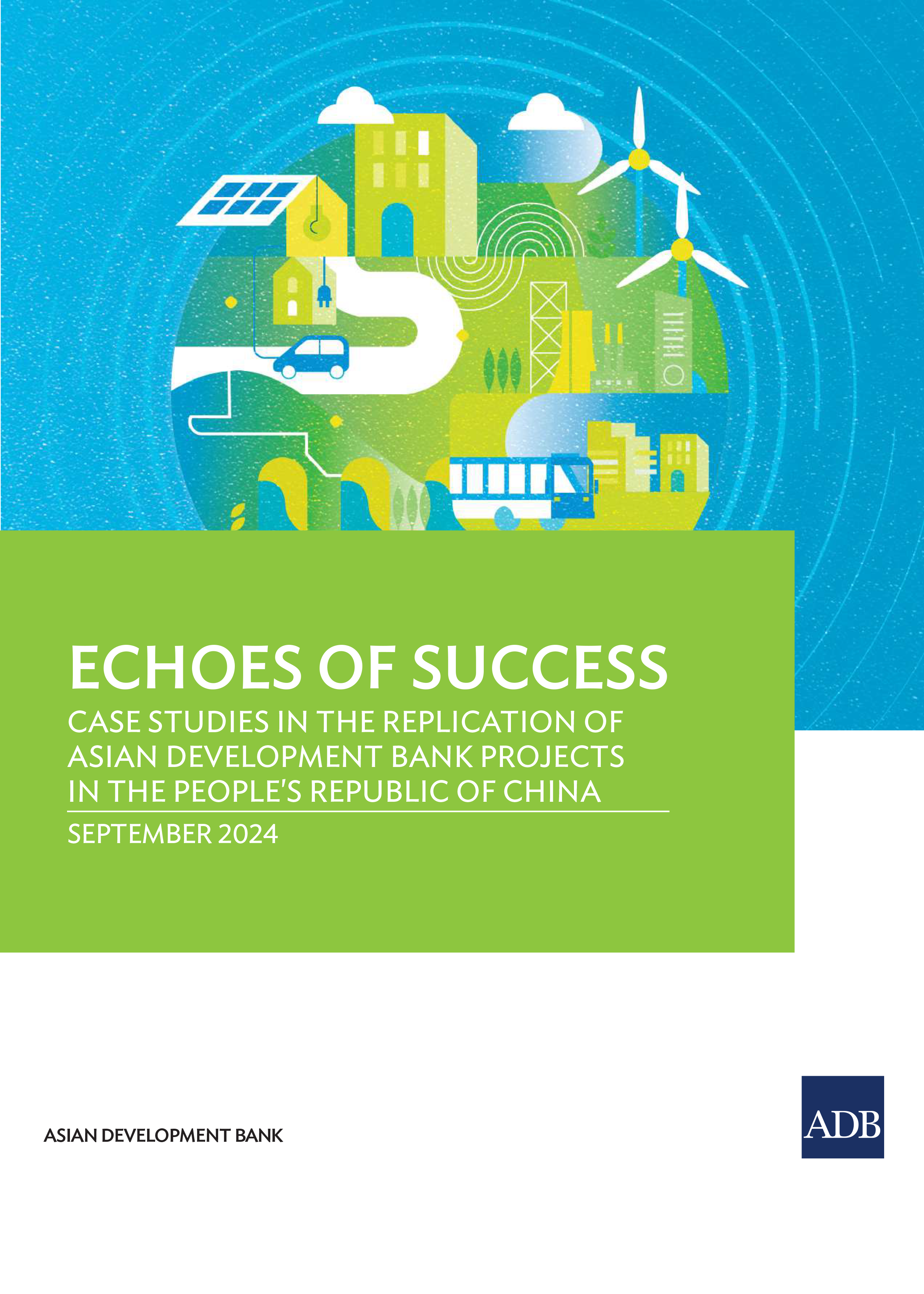
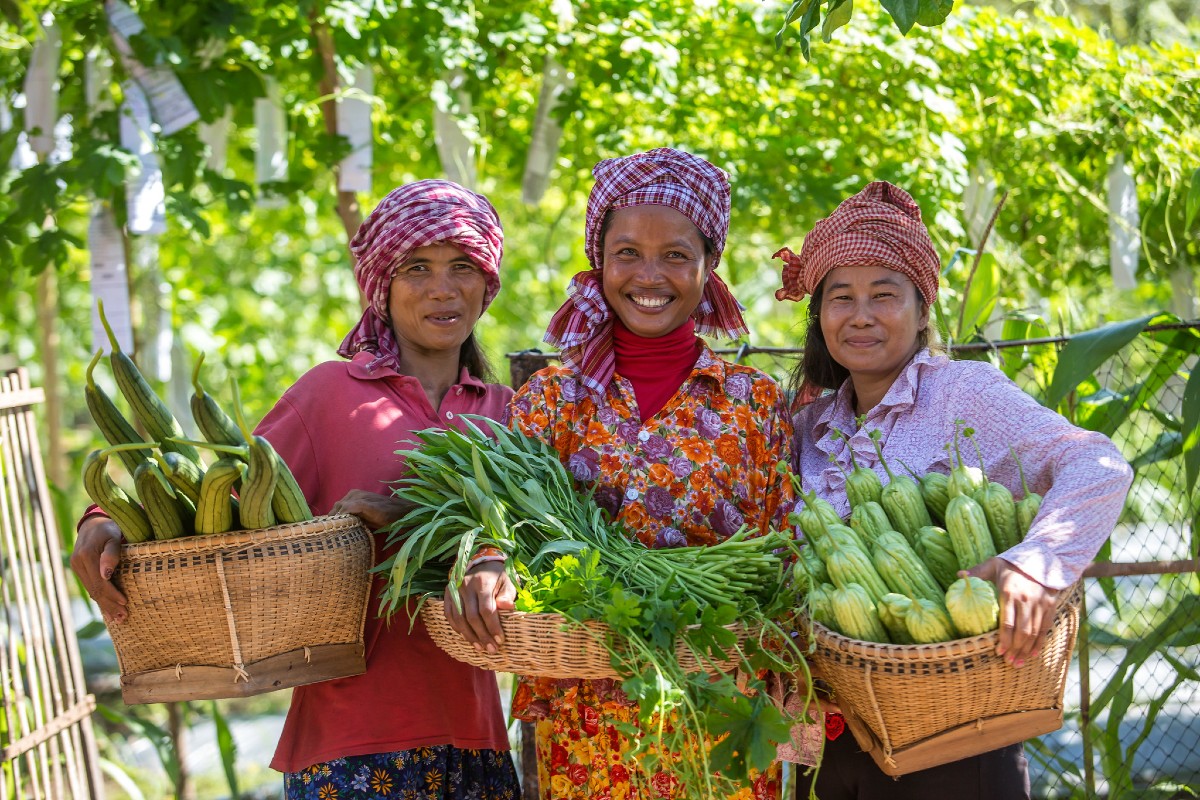

Disasters triggered by natural hazards were once seen as inevitable. They are increasingly understood to be either preventable or potentially much less harmful. Incorporating disaster risk management particularly disaster risk reduction into development programs can mitigate the impacts of these harmful events.
Disasters are not natural. They are closely tied to development activities. They are the undesired outcomes of poorly planned development policy, decisions and practices.
Financial and infrastructure losses related to disasters triggered by natural hazards have grown substantially in many countries.
Disasters can severely threaten efforts to eliminate poverty and those who have recently climbed out of poverty can easily find themselves destitute once again after a calamity.
Poorer people often live in more disaster-prone areas, with poor infrastructure and weak coping capacity, both financially and technically. They are therefore highly vulnerable to the impact of disasters.
Such vulnerability is even more pronounced for medium-sized and small businesses, especially micro-enterprises, which are often unable to pay their debts when their assets are destroyed.
Historically, disasters were considered unpreventable natural events. The approach to disaster management has been predominantly reactive, focusing on managing their impact through immediate relief and recovery assistance.
This traditional disaster management tends to be passive, costly, insufficient and inefficient, failing to address root causes of disasters. Considerable research has revealed that relying solely on post-disaster response consumes substantial human and financial resources, often in repetitive cycles of recovery and loss.
The fact is that the cost and needs of disaster response cannot be met in a growing number of countries, where the impact of earthquakes and floods that occurred years ago are still visible today.
In contrast to traditional disaster management, disaster risk reduction adopts a proactive stance. Disaster risk management begins with disaster risk reduction, which aims to prevent or mitigate the impacts of disasters before they occur and should be fully integrated into the development process, according to ADB’s 2021 Revised Disaster and Emergency Assistance Policy.
Effective disaster risk reduction strategies encompass a wide range of interventions, including hazard mitigation, exposure control, and vulnerability reduction. These strategies are implemented through both structural measures—such as flood defenses and earthquake-resistant buildings—and non-structural measures, including comprehensive land-use planning and stringent building codes.
When disaster risk reduction strategies are no longer cost-efficient, disaster risk management seeks alternative solutions that focus on preparedness and response to manage residual risks, where disaster risk financing instruments can transfer extreme and unabsorbable disaster risks to the insurance industry or capital markets.
Additionally, a robust social protection network is critical to ensure that support is promptly delivered to affected individuals and businesses. An asset registry system helps guide distribution of post-disaster support, along with multi-level coordination among different stakeholders and responders. This helps verify disaster impacts and reduce errors in targeting those most needy during post-disaster relief efforts.
Disaster risk management requires a proactive, integrated approach that prioritizes preventive measures and resilience-building to mitigate the impacts of natural hazards on development and vulnerable populations.
Development decisions should be made carefully, sufficiently exploring and considering major risks due to natural hazards. Failure to consider the full range of disaster risk management measures often leads to inefficient allocation of resources, overlooked synergies, and the introduction of new threats to that very same development process.
Decision makers need to adopt a cost-effective approach to consider the full range of disaster risk management measures within a limited budget, prioritizing those that can yield high direct benefits (loss reduction) as well as co-benefits such as economic development and improvements in environmental, social, and governance aspects.
Deliberations on disaster risk management measures should not be driven solely by the goal of reducing asset losses, as this is unfair to the poor, who possess fewer assets.
Instead, decision-making on disaster risk management measures should prioritize reducing harm to welfare, taking into account the impact of disasters on public and household consumption.
Vulnerable groups, including the poor, elderly, children, disabled individuals, and women, face disproportionate challenges before, during and after disasters. Therefore, disaster risk management measures must be inclusive, starting with comprehensive disaster risk identification and assessment—a step often overlooked due to the lack of proper indicators and data.
Failing to protect these groups can lead to imbalanced development, social instability, and the erosion of efforts towards poverty eradication and sustainable development.
Disaster risk management aims to build resilience to natural hazards and prevent disasters. Resilience is gauged by the ability to reduce immediate losses and recover swiftly. With disaster risk reduction fully implemented in the development process, after a period of recovery and reconstruction, the society will fully return to pre-disaster conditions or even better.
The generation of more disaster risks, due to long-practiced risk-insensitive development, is threatening the achievement of the sustainable development goals by 2030.
Each society faces different challenges due to geographic and economic differences and the impacts of climate change. A full range of disaster risk management measures needs to be available to cost-effectively reduce disaster losses and generate development benefits.
Implementation of an integrated approach for cost-effective disaster risk management requires coherent policy and regulations, vigorous information exchange, and adequate financial and human resources, which remains limited and far from becoming the mainstream of development processes.
A particularly daunting challenge is achieving well-coordinated action among agencies in charge of disaster emergency management and the various development sectors. To achieve sustainable development, it is paramount to build strong competencies and capacities in disaster risk management among various actors.
Lastly, as disasters often transcend geographic and political boundaries, regional collaboration allows countries and regions to leverage shared resources, knowledge, and strategies, addressing common risks and challenges.
By working together, countries and organizations can leverage each other’s strengths and avoid duplicating efforts, while sharing the costs of developing and implementing resilience-building initiatives.

Urban Development Specialist (Climate Change), Water and Urban Development Sector Office, ADB Sectors Group
This blog is reproduced from Asian Development Blog.

The destructive capabilities of natural hazards, coupled with their far-reaching consequences on employment, health, population migrations, and poverty perpetuation, are well-recognized. The People’s Republic of China faces a wide array of natural hazards, and these challenges are exacerbated by climate change and rapid urbanization. The interconnectedness of urban systems makes them highly vulnerable to cascading effects from disasters. Meanwhile, rural areas, where many young and older residents remain due to rural-to-urban migration, are also at risk. Disaster Risk Management is crucial, but it requires tailored solutions that consider geographic, social, and economic factors. Cost-effectiveness principles are essential to prioritize impactful measures, benefiting both the country and the region. Collaboration with neighboring countries is vital for promoting regional disaster resilience, as natural hazards show no signs of abating, necessitating immediate adaptation and preparation.
Related project: TA 6748-PRC: Integrated Framework for Cost-Effective Disaster Risk Management
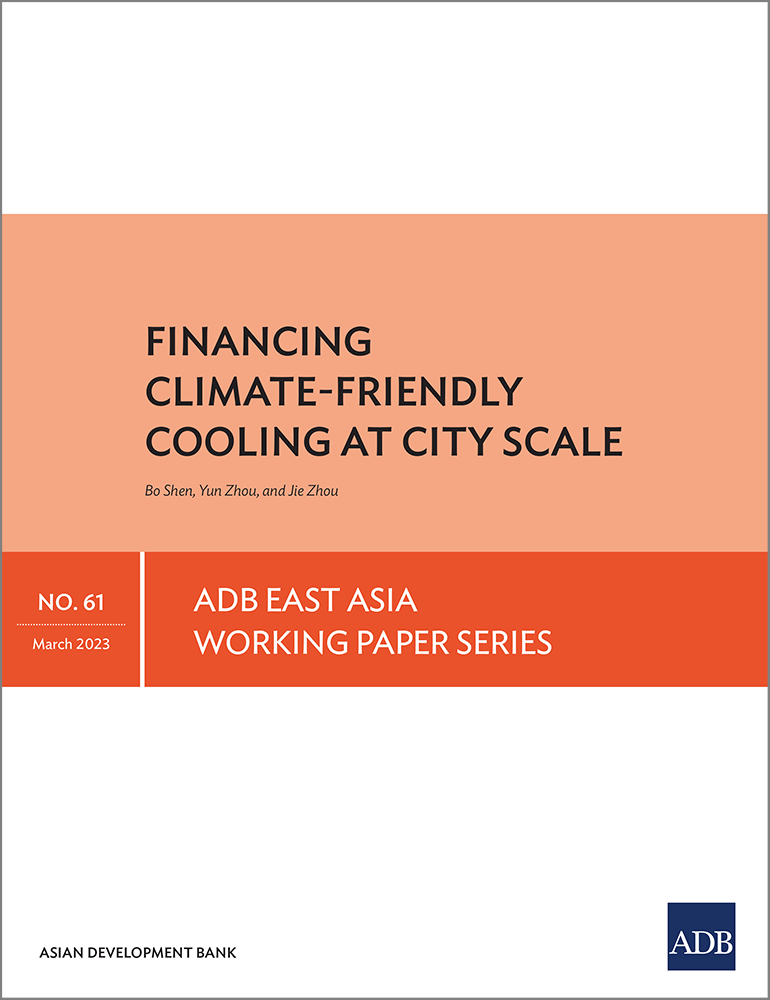
© 2026 Regional Knowledge Sharing Initiative. The views expressed on this website are those of the authors and presenters and do not necessarily reflect the views and policies of the Asian Development Bank (ADB), its Board of Governors, or the governments they represent. ADB does not guarantee the accuracy of the data in any documents and materials posted on this website and accepts no responsibility for any consequence of their use. By making any designation of or reference to a particular territory or geographic area, or by using the term “country” in any documents posted on this website, ADB does not intend to make any judgments as to the legal or other status of any territory or area.
